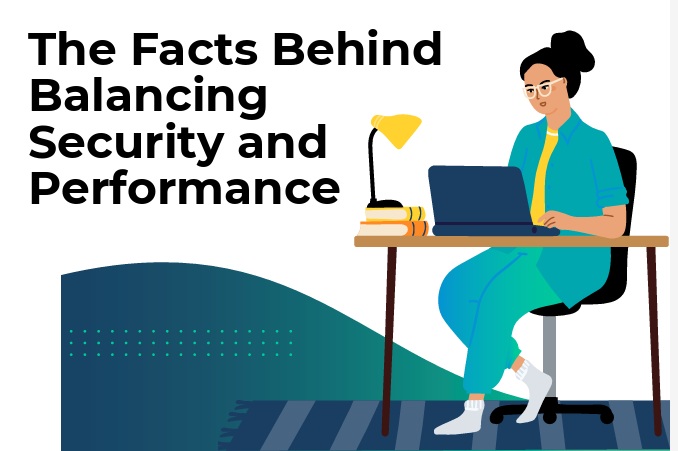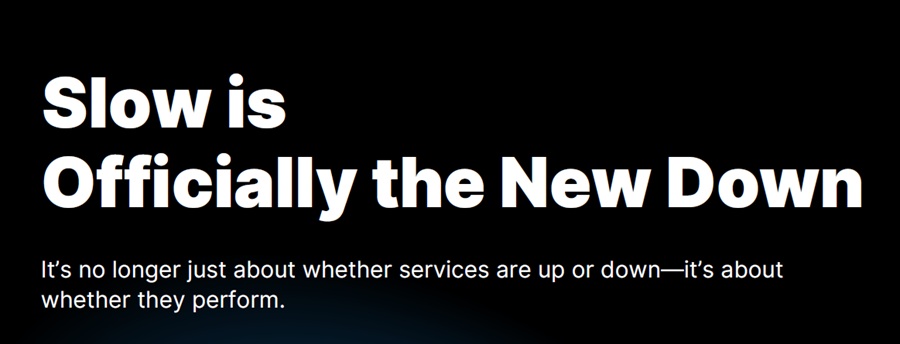DAP-er Things to Come: The Future of AI-Driven Software Adoption
Imagine a future where software, once a complex obstacle, becomes a natural extension of daily workflow — an intuitive, seamless experience that maximizes productivity and efficiency. This future is no longer a distant vision but a reality being crafted by the transformative power of Artificial Intelligence (AI). As AI advances, it is poised to redefine how we interact with technology, ushering in a new era of digital adoption that empowers enterprises to thrive.
The reality today is far from this ideal. Organizations are grappling with a deluge of software applications, each adding layers of complexity to the digital landscape. Employees, navigating a maze of applications and features, frequently encounter digital fatigue — a substantial barrier to business growth, innovation, and employee satisfaction.
According to Gartner Research, the average employee relies on 11 applications daily to perform their tasks. Over a third (36%) need proficiency with 11 to 25 applications, while power users (5%) manage 26 applications or more. This surge in application use contributes to "digital friction," with two-thirds (66%) of employees reporting moderate to high levels of friction while working with their software tools.
This complexity underlines a critical need for AI-driven solutions that not only streamline user experiences but also fuel digital transformation, reduce digital friction, and foster seamless, efficient workflows that propel businesses forward.
Reimagining DAP with AI
Digital Adoption Platforms (DAPs) have emerged as essential tools in helping users navigate complex software systems, offering in-app guidance, onboarding support, and ongoing assistance. By reducing the cognitive load of managing numerous applications, DAPs make software more accessible for employees across roles and departments.
The rise of AI is driving a transformative shift in the future of Digital Adoption Platforms (DAPs), paving the way for groundbreaking advancements in user experience. While GenAI agents and assistants promise to revolutionize user experiences, their successful adoption often hinges on effective onboarding and ongoing support. Organizations may introduce these tools without sufficient guidance, leaving employees unsure of how to leverage their full potential. AI-powered DAPs can bridge this gap by providing clear instructions, prompts and best practices for interacting with co-pilots and further extending the impact of each GenAI agent.
By empowering employees to understand and utilize these tools effectively, DAPs can significantly enhance user adoption and productivity. For example, generating reports on a CRM can be a tedious task and one that users often can get wrong, requiring repeated rework. When a user hovers over the "Reports" section of the CRM, a DAP can identify the user's role and their current context, and provide suggestions on the type of report the user may want to generate. One mouse click later, the DAP fires up the GenAI Assistant and feeds it the relevant prompt. The GenAI assistant then takes over and executes the requisite steps to deliver the report to the user. What would often take a user many minutes and rework is now reduced to mere seconds and a single click.
This is a simple illustration of how a DAP and GenAI assistant working in tandem can achieve higher user productivity for the organization while reducing user effort and digital friction.
AI-driven DAPs play a strategic role in digital transformation by aligning technology with business objectives, fostering a digital-first culture, and providing continuous data-driven insights. They enable employees to navigate software easily, ensuring that digital adoption efforts support key business outcomes, such as boosting supply chain agility to cut costs and meet market demands.
By adapting to individual user needs, DAPs encourage a culture of ongoing digital learning and readiness for new technology. With real-time analysis of user behavior and software usage, AI-powered DAPs highlight areas for improvement, allowing organizations to optimize user experiences, enhance feature adoption, and make informed workflow adjustments — ultimately increasing productivity and maximizing the value of digital tools.
The Future of Software Adoption
The journey toward a seamless, intuitive digital future has already begun. With AI transforming DAPs into intelligent, adaptive tools, we are closer than ever to a reality where software serves as an enabler, free from the complexities that hold businesses back. By empowering users with predictive guidance, automating tedious workflows, and offering real-time insights, AI-powered DAPs are bridging the gap between the technology we have today and the vision we aspire to achieve. This is more than just a transformation; it's a pivotal shift toward an empowered, productive workforce, driving innovation and growth on the path to an AI-enhanced digital landscape.



